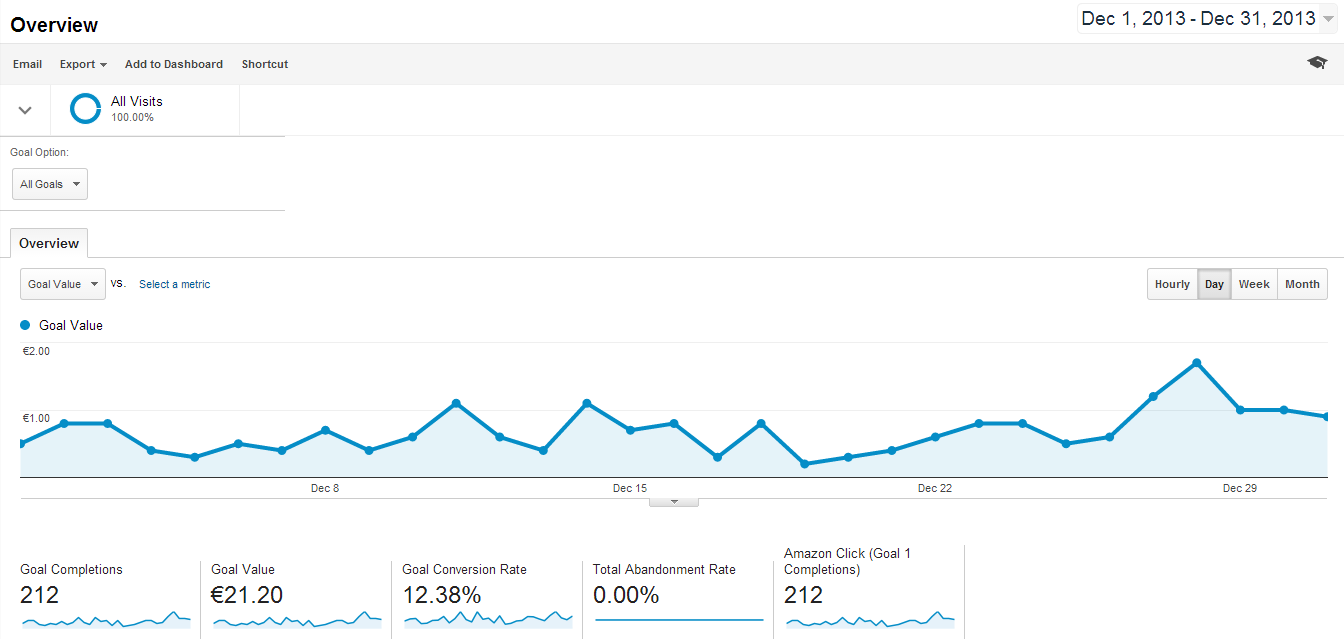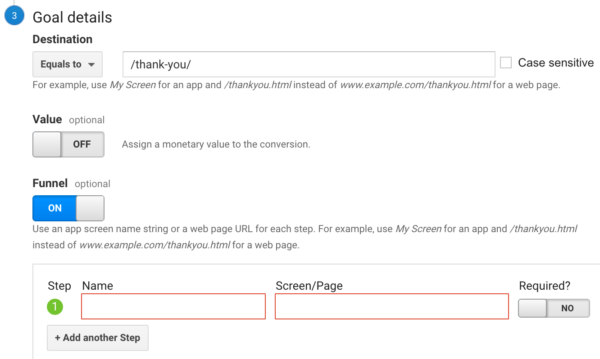Trick Insights on What Data Is Google Analytics Goals Unable to Track
Trick Insights on What Data Is Google Analytics Goals Unable to Track
Blog Article
Discover the Limitations of Google Analytics Goals: Revealing the Data Kind That Remain Untrackable
As organizations significantly rely on data-driven decision-making, recognizing the limitations of devices like Google Analytics comes to be critical. While Google Analytics Goals deal valuable insights right into customer interactions, there exist data types that thwart tracking, presenting obstacles to a detailed understanding of user behavior. These untrackable data kinds question regarding the precision and efficiency of the analytics data that organizations heavily count upon for their electronic techniques. Interested to reveal the surprise blind areas in your information evaluation procedure?
Insufficient Customer Trip Tracking
Insufficient individual journey tracking within Google Analytics can hinder the ability to properly examine individual habits. When the individual trip is not completely tracked, there are spaces in the data that avoid an extensive understanding of how users interact with a site. This lack of insight can result in missed opportunities for optimization and renovations to the customer experience.
One usual problem with incomplete individual journey monitoring is the lack of ability to see the complete course that individuals take previously completing an objective or leaving the site. Without this info, it is challenging to determine where users might be coming across challenges or friction factors that avoid them from converting. Additionally, insufficient tracking can cover the effect of certain marketing initiatives or site changes on customer behavior.
To resolve this restriction, it is critical to establish appropriate monitoring mechanisms within Google Analytics to catch the whole individual trip. This might involve establishing up occasion tracking, objective funnels, or using tools like Google Tag Supervisor to guarantee that no important communications go unrecorded. By getting an extensive sight of the customer trip, website proprietors can make even more educated choices to enhance individual engagement and drive conversions.
Attribution Obstacles
Browsing via attribution challenges in Google Analytics needs a detailed understanding of how different touchpoints contribute to the overall conversion process. Attribution challenges occur from the complexity of modern-day client trips, where customers interact with multiple networks prior to transforming.
One typical attribution difficulty is the difficulty in connecting conversions to the appropriate resource, especially in instances where individuals connect with multiple channels before converting. Additionally, cross-device tracking poses an additional acknowledgment difficulty, as individuals typically change in between tools during their trip, making it testing to track their interactions effortlessly.
Offline Conversions
Given the difficulties related to attributing conversions precisely in online networks, the measurement of offline conversions presents a substantial opportunity for marketers seeking an extra comprehensive understanding of their clients' trip. Offline conversions describe actions that customers take in the real world, such as making acquisitions in brick-and-mortar stores or over the phone, going to occasions, or involving with published materials - what data is google analytics goals unable to track. These conversions are important for businesses that operate both online and offline, as they supply beneficial insights into the efficiency of marketing campaigns throughout different touchpoints
Tracking offline conversions traditionally presented a significant obstacle for marketing experts, as it was testing to link these actions back to check this site out specific on the internet interactions precisely. With improvements in innovation, such as the combination of CRM systems, distinct identifiers, and discount coupon codes, businesses can currently connect the space between online and offline information to obtain an extra alternative sight of client behavior. By effectively this gauging offline conversions, marketers can optimize their approaches, designate resources more successfully, and inevitably improve the overall consumer experience.
Cross-Device Monitoring
Cross-device tracking plays a crucial function in understanding the interconnected nature of customers' electronic interactions throughout multiple gadgets. In today's omnichannel world, where individuals seamlessly switch in between tablet computers, desktop computers, and smartphones, tracking their habits throughout these devices is crucial for marketing professionals to gain an extensive sight of their client journey.

Furthermore, privacy problems and guidelines such as GDPR and CCPA have better complicated cross-device monitoring. With users demanding even more control over their data and increased constraints on tracking technologies, online marketers should locate privacy-compliant and innovative methods to connect user interactions across tools.
Dynamic Material Engagement
Comprehending individual interaction with vibrant material is critical in enhancing digital advertising techniques for improved audience interaction. Dynamic content refers to site elements that alter based on individual habits, choices, or various other factors, providing a tailored experience. Tracking user communications with vibrant material poses obstacles for standard analytics tools like Google Analytics.
While Google Analytics can track standard communications like clicks and web page sights, it may battle to capture more nuanced involvements within vibrant web content. what data is google analytics goals unable to track. Metrics such as time invested in specific vibrant aspects, float actions, or communications within pop-ups are often not easily measurable making use of standard view publisher site monitoring techniques. This restriction impedes online marketers' capacity to totally comprehend how individuals are involving with vibrant material and tailor their techniques accordingly

Verdict
To conclude, Google Analytics goals have constraints in tracking insufficient individual trips, associating conversions accurately, catching offline conversions, tracking cross-device communications, and gauging dynamic web content involvement. These restraints highlight the importance of exploring extra monitoring methods and devices to gain a more comprehensive understanding of customer actions and conversions past what Google Analytics can give.
While Google Analytics Goals offer beneficial understandings into customer communications, there exist information types that avoid monitoring, posing difficulties to an extensive understanding of customer behavior.Incomplete individual trip tracking within Google Analytics can impede the capability to accurately examine customer behavior. When the individual journey is not fully tracked, there are spaces in the information that prevent a detailed understanding of just how individuals interact with a website.One typical issue with incomplete user trip tracking is the inability to see the full path that users take in the past completing an objective or leaving the website. By getting a comprehensive view of the individual trip, internet site owners can make more enlightened choices to boost individual engagement and drive conversions.
Report this page